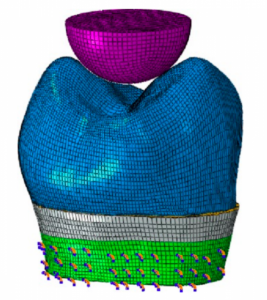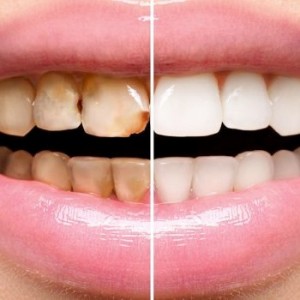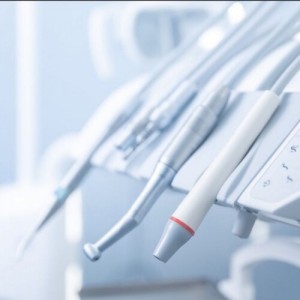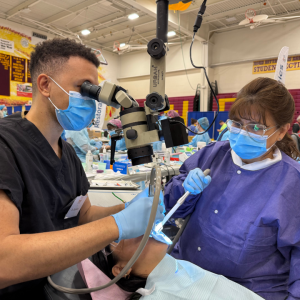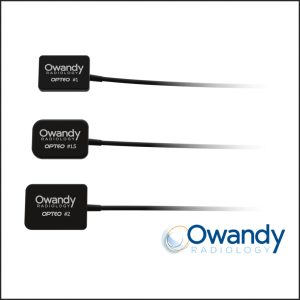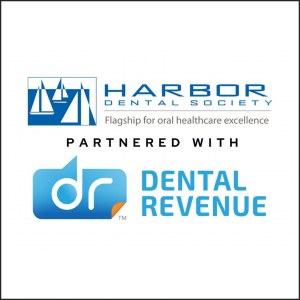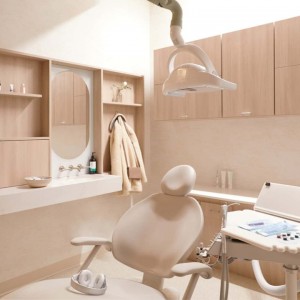
Which material for implant and teeth supported restorations?
Authors: Storelli S, Palandrani G, Scanferla M, Viera D, Romeo E
The dental materials suitable for oral rehabilitation have rapidly evolved over time.
GoldAlloys to ceramic crowns were produced for several decades using a lost-wax casting procedure for the construction of the metallic framework. Analogic procedures rely on manual shaping, while digital procedures comprise a digital computer design (CAD, Computer aided design) followed by a subtraction or additive machine production (CAM, Computer aided machining). Digital procedures have excluded gold alloys metals from the production and have introduced new materials, that are more indicated for machine processing.
MATERIALS AND METHODS
Over time, several materials suitable for digital processing have been proposed. First among all, Zirconia is a ceramic material that was introduced 20 years ago. It has two main forms: a coarse form that has a plaster consistency and a sintered form, that can be reach with heating, that has much higher resistance. At first it was milk-white, but now can be found in different colors. This makes it more compatible with dental use. It can be used as a monolithic material, that can be painted, or as a core structure where ceramic can be stratified.
Zirconia has peculiar physics characteristics so that it can be used for several indications from dental to implant restorations. At the beginning it was suggested also for the construction of implant abutments. Nowadays, the trend is to have a titanium abutment-implant connection and have a zirconia crown cemented on top. This leaves the opportunity to have both a cemented or a screw-retained restoration.
Another interesting materiale is Lithium disilicate. It is an all ceramic material, suitable for single tooth restorations both on natural teeth or on implants. It can be used as a monolithic crown or stratified with ceramics. There are several differences with zirconia, resistance being the most important. Another difference is the fact that lithium disilicate can be acid etched and therefore can be used with an adhesion protocol. This allows the material to be used as inlays of aestethic veneers.
Other materials can be used as structures that need to be veneered with resin or ceramics. Titanium, Carbon, Cobalt-Cromo and peek are alternatives that can be used with different indications. They are mainly used for implant supported restorations, because they have the sufficient resistance and sufficient rigidity to support long bridges under masticatory load. Cobalt-Cromo can be also used with ceramics and can be used also on natural teeth, thus being the alternative to gold alloys, in cases where zirconia cannot be used.
For what is concerns the cementation of restorations on natural teeth, definitive cements as well as provisional cements can be used, with adesive and non adesive properties. When it comes to implant restorations, screw retained might be the best way of fixation. When it comes to cement retained, although definitive cementation is possibile, it seems more logical to provide patients with provisional cement that allows the possibility of re-entry if needed. Several studies in literature have noticed that cement remnants in the peri-implant sulcus can be the cause for peri-implantitis. That is one of the reason to prefer screw-retained restorations.
RESULTS AND CONCLUSIONS.
Different materials have different indications and contra-indications. the choice for the right material has to be made case by case, considering the clinical and technical expertise of the team. Manufacturers keep developing new materials that they say have better characteristics, but clinical research has very difficult time in keeping up with the evidence. New studies are necessary to provide clinicians a better understanding of what material is best in which indication over time.
CLINICAL SIGNIFICANCE
The rapid evolution of dental materials does not allow to have long term data that can build-up the scientific evidence. La choice of the materials is left to the team, based on their experience, on the manufacturers indications and on the few studies that are published. As clinical indications, single teeth can be restored with zirconia and disilicate, small bridges with zirconia and cobal-chrome with ceramic veneering, full arch restorations with titanium with resin/composite veneering or CobaltChrome with ceramic veneering.
 Related articles
Related articles
Digital Dentistry 20 November 2019
Premolars are the most difficult elements to restore and have a high failure rate due to their anatomical position and the forces they undergo. Therefore the choice of the material to restore...
This systematic review aimed to provide an overview of zirconia implants as well as regarding the outcome of the implant-restorative complex in preclinical studies.
Implantology 02 September 2025
Innovation in dentistry: a study on the development of the dental implants industry
Numerous professions face similar technological challenges. In the field of dentistry, specifically, replacing missing teeth has always been a formidable obstacle.
Editorials 07 August 2025
Researchers are developing ‘smart’ implants that would provide a more natural feel while chewing or talking
Implantology 25 July 2025
Background: Cytokine–microbiology–virology monitoring after implant placement may help to develop profiles of variables that can help to explain interaction between the immune system and alveolar...
 Read more
Read more
Endodontics 16 October 2025
Endodontic or dental implant therapy: The factors affecting treatment planning
Clinicians are confronted with difficult choices regarding whether a tooth with pulpal and/or periapical disease should be saved through endodontic treatment or be extracted and replaced with an...
Endodontist Brandon Barnett was set to focus his health law project at Yale School of Public Health on access to care through Medicaid.
News 16 October 2025
Owandy Radiology Inc., a global leader in the manufacture of dental radiology hardware and imaging software, recently introduced its latest innovation, the 3rd-generation Opteo Intraoral Sensor,...
News 16 October 2025
Dental Revenue, a national leader in dental marketing solutions, is proud to announce a new partnership with Harbor Dental Society, a trusted resource.
News 16 October 2025
Tend, the innovative dental company that redesigns the dental care experience, is raising the bar for dentist compensation to combat industry-wide challenges such.



